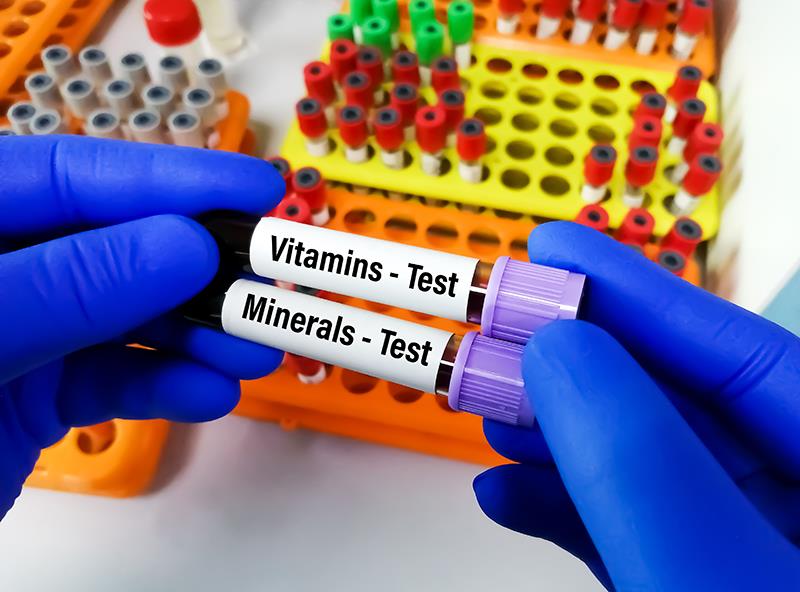Vitamin D, iron deficiencies common in children with ASD





Roughly three in eight children with autism spectrum disorder (ASD) in Singapore have vitamin D or iron deficiency, according to a study from Singapore.
In a cohort of 241 children (mean age 4.2 years, 79 percent male) seen at a local tertiary developmental paediatric centre, 36.5 percent had insufficient vitamin D levels while 37.7 percent had abnormally low iron levels, with 15.6 percent having iron deficiency anaemia. [Nutrients 2025;17:2738]
The odds of vitamin D insufficiency/deficiency were high among older children (odds ratio [OR], 1.04, 95 percent confidence interval [CI], 1.03–1.06; p<0.001). Vitamin D insufficiency/deficiency was also more common among children of Malay (OR, 5, 95 percent CI, 1.6–15.9; p=0.007) or of Indian ethnicity (OR, 20.9, 95 percent CI, 4.7–92; p<0.001) relative to those who were Chinese.
Picky eating was not associated with increased odds of vitamin D insufficiency/deficiency. However, among picky eaters, those who were older were more likely to have insufficient vitamin D levels (OR, 1.51, 95 percent CI, 1.11–2.06; p=0.009).
For iron-deficiency anaemia, the odds were increased among older children (OR, 1.03, 95 percent CI, 1.01–1.06; p=0.016). The percentage of children who had iron deficiency did not significantly differ between picky eaters and nonpicky eaters, at 44 percent and 40 percent, respectively.
“It is also important to note that laboratory investigations for the presence of these deficiencies were only performed in approximately 23.8 percent (241 of 1,014) of the children with ASD seen in the unit, so perhaps the true rates of such deficiencies could be different,” the authors said.
Factors behind the deficiencies
“The largest source of vitamin D is from cutaneous synthesis through exposure to direct sunlight,” the authors noted. They highlighted several factors that could potentially explain why vitamin D deficiency is common in Singapore, despite being a tropical island that receives abundant sunlight.
Chinese ethnicity was a protective factor in this cohort, likely because lighter skin pigmentation allows for better absorption of sunlight, they explained. This is consistent with findings from Western countries where dark-skinned individuals have higher rates of vitamin D deficiency compared with those with lighter complexions. [Am J Clin Nutr 2016;103:1033-1044]
On the other hand, older age was a risk factor. The authors pointed out that older children could be spending less time outside because of school or autism-related behavioural challenges. It is also possible that caregivers of younger children might supplement their diet with fortified milk and vitamins, which is less common in older children who have more selective eating habits.
As for iron deficiency, the lack of association with picky eating was a surprise, the authors said. One possible explanation for this is that the study relied on parental reports of “picky eating” rather than a more objective measure of severe food selectivity, they said.
Additionally, Asians consume a higher proportion of carbohydrates in their diets. This dietary difference supports the higher rate of iron deficiency and iron deficiency anaemia in the study cohort than in those reported in studies from the US and Australia, the authors noted. [Pediatrics 2012;130:S154-S159; J Paediatr Child Health 2014;50:356-361]
Routine screening needed
In light of the study findings, clinicians should consider screening for vitamin D and iron deficiencies, as children with these deficiencies would benefit if timely supplementations were given, according to the authors.
“Blood draws may be extra challenging in children with ASD, and we suggest incorporating visual schedules and social stories to make the process less traumatic; this would also encourage parental consent for investigations,” they said.
The authors also emphasized that when testing for iron levels, clinicians should order both iron-level tests and a complete blood count at the same time for a complete and accurate diagnosis of the patient’s iron status.
Additional studies are needed to examine the relationship between these deficiencies and core autism symptoms and evaluate the effect of correcting these deficiencies with varying doses of supplementation, they added.